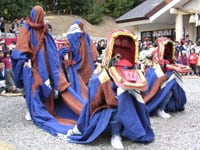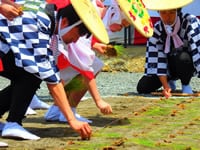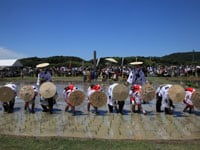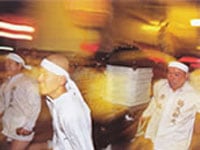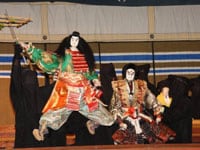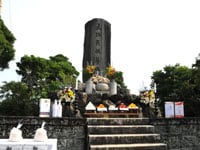- Shima City Tourism Association official facebook
- Shima City Tourism Association Official Instagram
- Shima City Tourism Association Official Youtube
- Feature
-
Enjoy Shima
Enjoy ShimaEnjoy Shima
- About Shima
- Course
- Event
- Festivals Calendar
- Access










